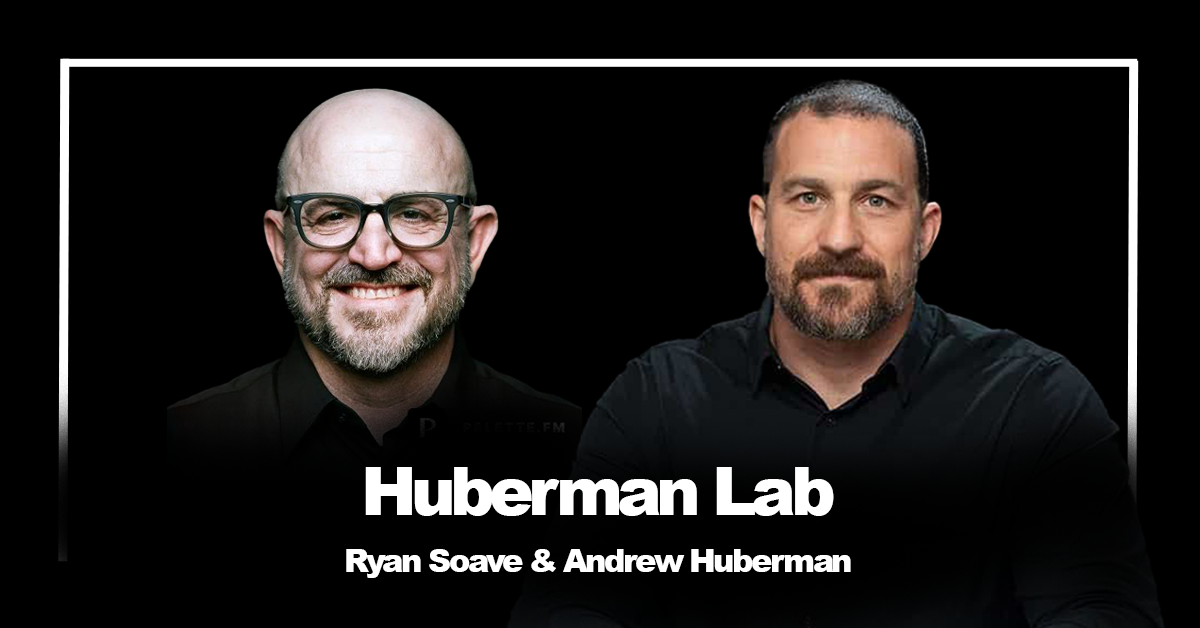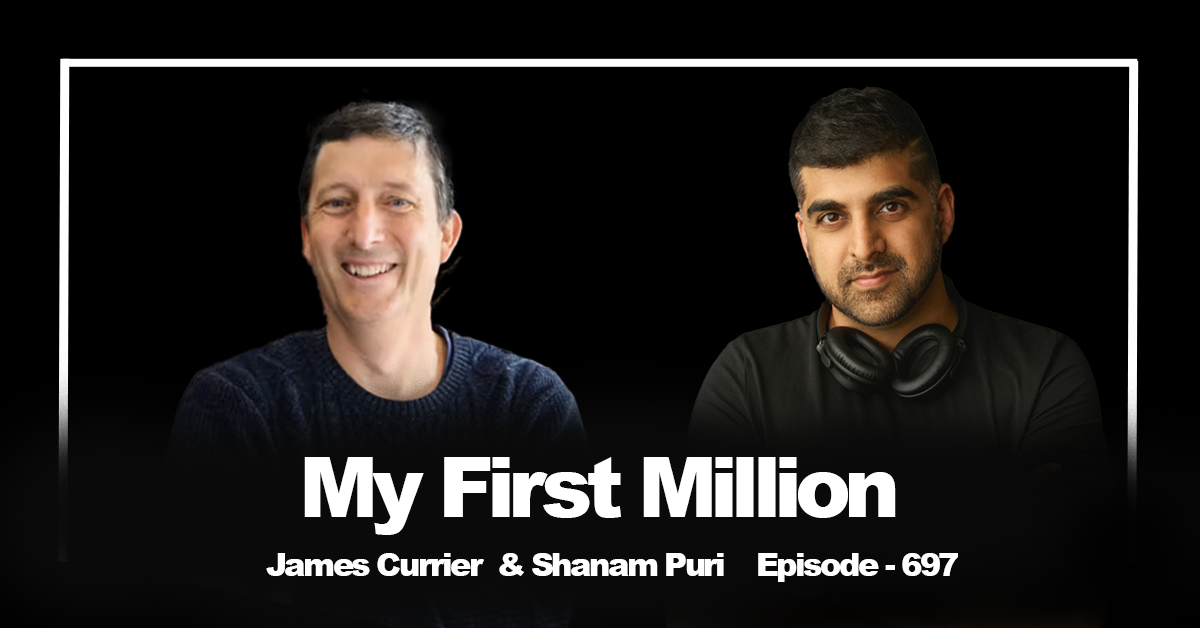Hey everyone,
This week on the Huberman Lab podcast, Dr. Andrew Huberman sits down with Ryan Soave, a renowned expert with decades of experience in addiction treatment and trauma recovery. This episode offers a deeply insightful and compassionate look into the complex world of addiction, moving beyond substances like alcohol and drugs to include behavioral addictions like gambling, video games, and pornography.
Ryan shares insights from his extensive clinical work, explaining that addiction isn’t just about the substance or behavior itself, but often serves as a solution to underlying stress, pain, or discomfort. They explore the biological, psychological, and social factors involved, the importance of distress tolerance, the limitations and potential of different recovery models (12-step, self-guided, residential treatment), and clear, zero-cost protocols leveraging neuroplasticity to foster recovery.
Whether you or someone you know struggles with addiction, this conversation provides essential knowledge, practical tools, and a message of hope grounded in both science and profound human understanding.
Here are the detailed key insights and takeaways:
1. Redefining Addiction: Solution, Not Just Problem
- Addiction as a Solution: People typically use substances or engage in addictive behaviors to find relief from underlying stressors, pain, or discomfort. The addiction becomes the (maladaptive) solution.
- Does It Have You, or Do You Have It?: A key question to ask. Is the behavior/substance driving you, or are you in control? Addiction involves a loss of control and negative consequences.
- Beyond Substances: Addiction can manifest in behaviors – gambling, gaming, pornography, workaholism, etc. The underlying mechanisms (dopamine seeking, stress relief, masking discomfort) are often similar.
- Not Everyone is an “Addict”: Someone might develop a substance use disorder due to life circumstances without necessarily having a lifelong “addict” identity. Context matters.
2. The Recovery Process: Stabilization & Building Capacity
- Acute Phase First: The initial focus in treatment (especially with substance detox) is physical stabilization and safety. Addressing underlying trauma comes later.
- Building Distress Tolerance: A core goal of recovery is increasing the capacity to experience difficult emotions and discomfort without needing to escape through the addictive behavior. Feeling “bad” is part of life; learning to navigate it is key.
- From Reactive to Responsive: Moving from automatic, reactive patterns (often rooted in past experiences/trauma) to conscious, responsive choices. Creating space between stimulus and response (Victor Frankl).
- The “Emotional Weather Forecast”: Ryan uses a daily practice involving gratitude, anticipating challenges, identifying emotional states/triggers, and setting intentions for how to respond (e.g., strive for patience). This builds self-awareness and proactive coping.
3. Key Concepts in Understanding Addiction
- The Jellinek Curve: Describes the progression of alcoholism, from early problem drinking to hitting bottom and the potential path back up through recovery. Highlights that tolerance can decrease in late-stage addiction.
- Perception of Threat vs. Discomfort: Our nervous system often reacts to discomfort (social anxiety, boredom, stress) as if it were a life-threatening danger (fight-or-flight). Learning to differentiate is crucial for building distress tolerance.
- Adaptive Strategies Become Maladaptive: Coping mechanisms learned in difficult (even traumatic) childhood environments can become harmful patterns in adult life if not recognized and updated.
- Love, Connection & Higher Power: 12-step programs emphasize finding a “higher power” (which can be the group/community itself) and building connection as antidotes to the isolation of addiction. Healing often happens in relationships.
- Role Internalization: We can unconsciously adopt roles (hero, scapegoat) from our family system and carry them into adult relationships.
4. Specific Addictions: Nuances & Considerations
- Alcohol: Socially acceptable, making it insidious. Recovery often involves navigating situations where drinking is prevalent. Community support (like AA) is vital.
- Gambling: The “next hit” potentially solves all problems (unlike drugs), making it uniquely dangerous. Often involves chasing losses and distorted thinking. Online/crypto gambling increases accessibility.
- Video Games/Pornography: Sensory-rich electronic environments can make real life seem “dull.” Can lead to social isolation, anxiety, performance issues (sexual or otherwise), and unrealistic expectations. Dopamine dynamics are key – seeking novelty and intensity. Stopping completely is often the necessary reset.
- Stimulants (Cocaine/Amphetamine): Psychological addiction is intense, though physical detox differs from opioids/alcohol. Often masks underlying issues or provides energy/focus that feels lacking.
- Food/Sugar: Often the primary addiction people recognize. Linked to managing emotions and underlying metabolic issues.
5. Tools for Recovery & Building Resilience
- Proactive Practices: Tools scheduled before distress hits:
- Mindfulness/Meditation: Builds awareness and non-reactive capacity.
- Yoga Nidra / NSDR: Deep relaxation technique to activate the parasympathetic nervous system and build distress tolerance. Highly effective.
- Breathwork: Especially long exhales to calm the nervous system.
- Physical Exercise: Transmutes energy, improves mood.
- Community/Connection: 12-step meetings (AA, NA, SLAA, Al-Anon, etc.), therapy groups, trusted friends.
- Reactive Tools (In the Moment):
- Pause & Breathe: Create space before reacting. The first 15-20 seconds of adrenaline are key.
- Activate Parasympathetic: Long exhales, sighing.
- Name the Feeling: Identify the specific sensation/emotion, not just “bad.”
- Reach Out: Connect with support system.
- Self-Compassion + Accountability: Essential during “slips” or setbacks. Avoid shame spirals; focus on learning and recommitting.
- Finding Healthy Pleasure/Meaning: Recovery isn’t just about stopping the negative; it’s about building a life with positive purpose, connection, and joy. Reorder your “loves” towards fulfilling, sustainable sources.
Final Thought:
Ryan Soave brings profound depth and practical wisdom to the often-shaming topic of addiction. He emphasizes that recovery is possible for everyone, requiring courage, honesty, willingness to feel discomfort, and connection with others. By understanding the underlying mechanisms and utilizing proactive tools to build distress tolerance and emotional regulation, individuals can move from being driven by addiction to becoming the authors of their own lives.
Find Ryan Soave: Learn more about Ryan Soave and his work at Guardian Recovery Network. https://ryansoave.com/
https://www.linkedin.com/in/ryan-soave
Until next time,
The Podcast Notes Team





